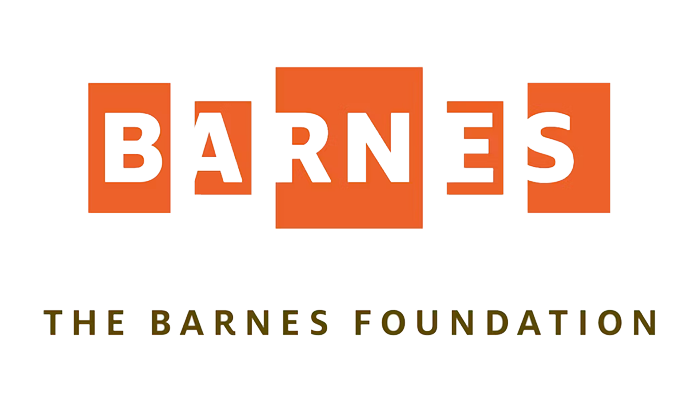While we believe that the books and resources recommended may be of value to you, keep in mind that these are suggestions only and you must do your own due diligence to determine whether the materials are appropriate and suitable for your use. PNC has no sponsorship or endorsement agreement with the authors or publishers of the materials listed.
ELEMENT OF ART

Lined Pottery
Children will explore lines and use lines to decorate their own pottery.

Lesson Objective
Children will explore line as an element of art, and then use lines to decorate their own pinch pots.
Art
What You'll Need
- Air-dry clay (available in craft stores) – 1 baseball-size piece per child
- Acrylic, poster, or tempera paint – enough for each child to paint their pottery
- Craft sticks, plastic spoons, toothpicks, or plastic clay tools – 1 per child
- Clear acrylic sealer or decoupage medium (available in craft stores) – enough for each child to completely cover their pottery
- Paintbrushes – 1 per child
- Images from the Barnes Foundation:
What To Do
Note: This lesson is best taught after the lesson, Exploring Line, found on this website. The pottery will take 3–4 days to complete.
- Tell the children that they will explore lines in Native American pottery, and then they will make their own pinch pots and use lines to decorate them.
- Display the artwork, and have the children “observe” (look closely) at the decorations on each jar.
- Have the children share what they noticed about the lines on the jars (see Guiding Student Inquiry).
- Ask them to think about and then share the types of lines that they could use to decorate their own pottery.
- Demonstrate rolling the clay into a ball, and then push your thumb into the center of the ball until your thumb is about ¼" from the bottom of the hole. Slowly widen the hole by pinching the walls outward and up. Turn the clay continuously as you pinch to keep the walls an even thickness.
- Distribute the balls of clay.
- Help the children as they form their pinch pots.
- Flatten the bottoms gently by pressing the clay against a flat surface.
- Use craft sticks, plastic spoons, toothpicks, or plastic clay tools to create lines as decorations.
- Set the pots in an area where they will not be disturbed, so that they can dry completely. This usually takes 2–3 days.
- Once the pots are dry, have the children paint their finished work. Allow paint to dry.
- Apply two coats of sealer, allowing the first coat to dry before applying the second.
- Allow pottery to dry completely, and have children describe the decorations that they made on their pottery.
Resources
Home School Resources
Home educators: use these printable lesson PDFs to teach this lesson to your home schoolers. They're available in English and Spanish.
Content Provided By
Common Core State Standards Initiative – These lessons are aligned with the Common Core State Standards ("CCSS"). The CCSS provide a consistent, clear understanding of the concepts and skills children are expected to learn and guide teachers to provide their students with opportunities to gain these important skills and foundational knowledge [1]. Visit the CCSS


